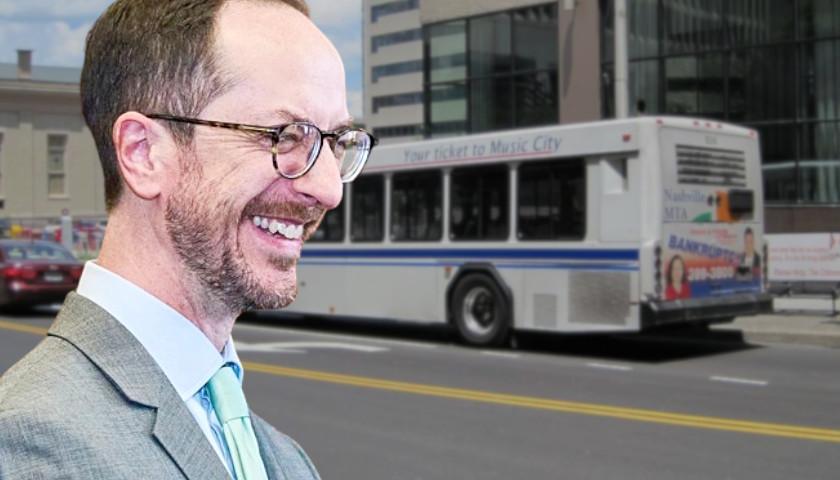by Bruce Walker
Every U.S. state taxes fuel sales to fund road repairs.
Fully half of them, however, divert a portion of those taxes for other purposes. And Michigan, with a gas-tax diversion rate (GTDR) of 33.9 percent, is ranked with New Jersey as the third highest GTDR in the nation. Only New York (37.5 percent) and Rhode Island (37.1 percent) have higher GTDRs.
For perspective, compare those numbers with the states with the lowest GTDRs: Oklahoma (0.4 percent); Louisiana (0.6 percent); South Carolina (0.9 percent); and Utah (1.7 percent).
All this according to a policy study by the Reason Foundation, “How Much Gas Tax Money States Divert from Roads,” published on June 30, and authored by researchers Baruch Feigenbaum and Joe Hillman.
“This study shows that Michigan is a state that applies sales taxes onto fuel purchases and spends the revenue on other priorities than road repair,” James Hohman, Mackinac Center for Public Policy director of fiscal policy, told The Center Square.
“Some Michigan lawmakers have tried to change that as a way to improve road quality without raising taxes. But the move has been opposed by the state’s Democratic governor who prefers instead to raise taxes,” he said.
Hohman was referring in part to the 45-cent per gallon gas tax proposed by Gov. Gretchen Whitmer as part of her attempt to raise more than $2.5 billion to honor her 2016 campaign promise to “fix the damn roads.”
Whitmer’s proposed fuel tax increase caused voters and legislators to balk, and the idea was mothballed during state budget negotiations.
Hohman was also referring to the method by which Michigan’s current sales taxes on fuel are diverted to school aid and the state’s General Fund.
According to the study, the first state to tag a sales tax on fuel was Oregon in 1919. That tax was 1-cent per gallon. Within 10 years, 47 of the other 48 states adopted a similar tax.
In 1932, the U.S. instituted another 1-cent per gallon tax to alleviate the national deficit. The federal government bumped that tax by 50 cents during the Korean War in the early 1950s.
“Overall, government revenue that conforms to the users-pay/users-benefit principle is fair, proportional, predictable and self-limiting, while serving as a signal for investment,” the study’s authors wrote. They also note the penny of 1919 is today worth 15 cents.
“Based solely on inflation and increased fuel efficiency, that one-cent tax in 1919 would equal 17.6 cents today. Currently, state gas taxes range from 14.32 cents per gallon in Alaska to 62.05 cents per gallon in California, not including the 18.4 cents per gallon federal gas tax,” they wrote.
The revenue Michigan received from its motor fuel tax (MFT) in fiscal year 2018 was $2.26 billion, of which 25.9 percent, or $587.9 million, was diverted to the state’s School Aid Fund. Another 7.4 percent, or $167.6 million was diverted to the state’s Comprehensive Transportation Fund. F
inally, local programs overseen by the Michigan Department of Transportation, including rail, totaled $14.8 million, or 0.7 percent.
All told, those numbers represent 33.9 percent of all MFT revenue.
– – –
Bruce Walker is a regional editor at The Center Square. He previously worked as editor at the Mackinac Center for Public Policy’s MichiganScience magazine and The Heartland Institute’s InfoTech & Telecom News.








